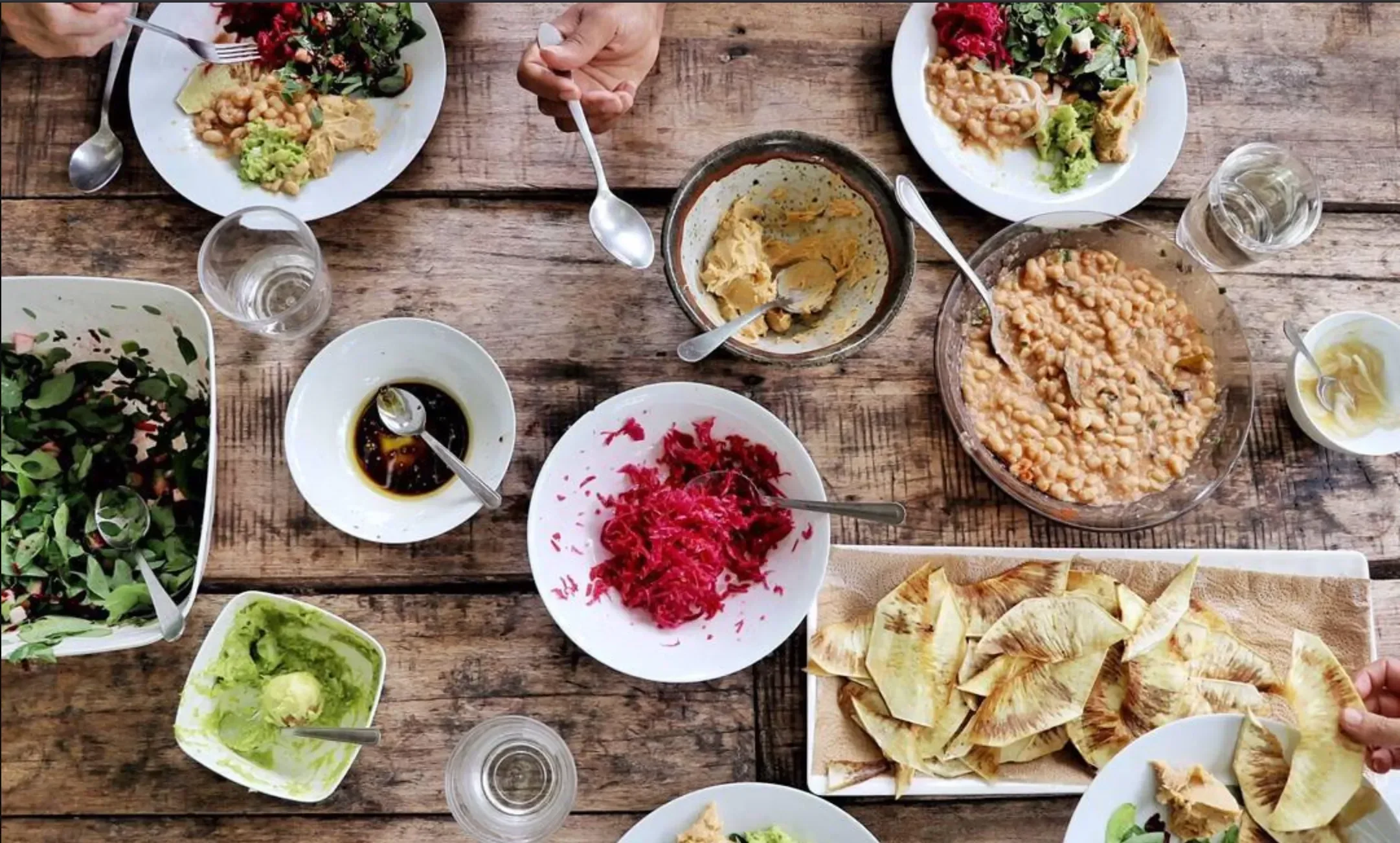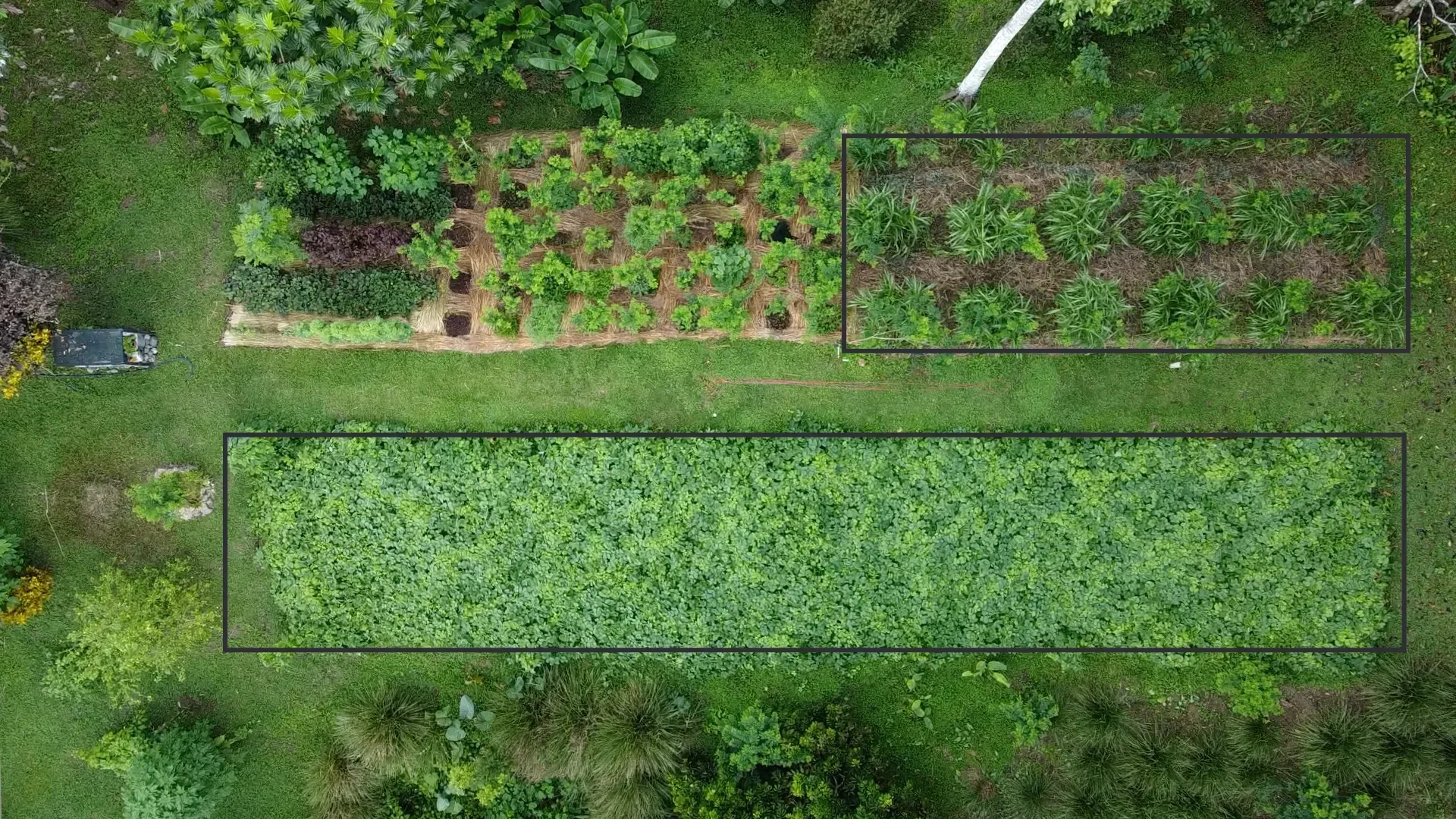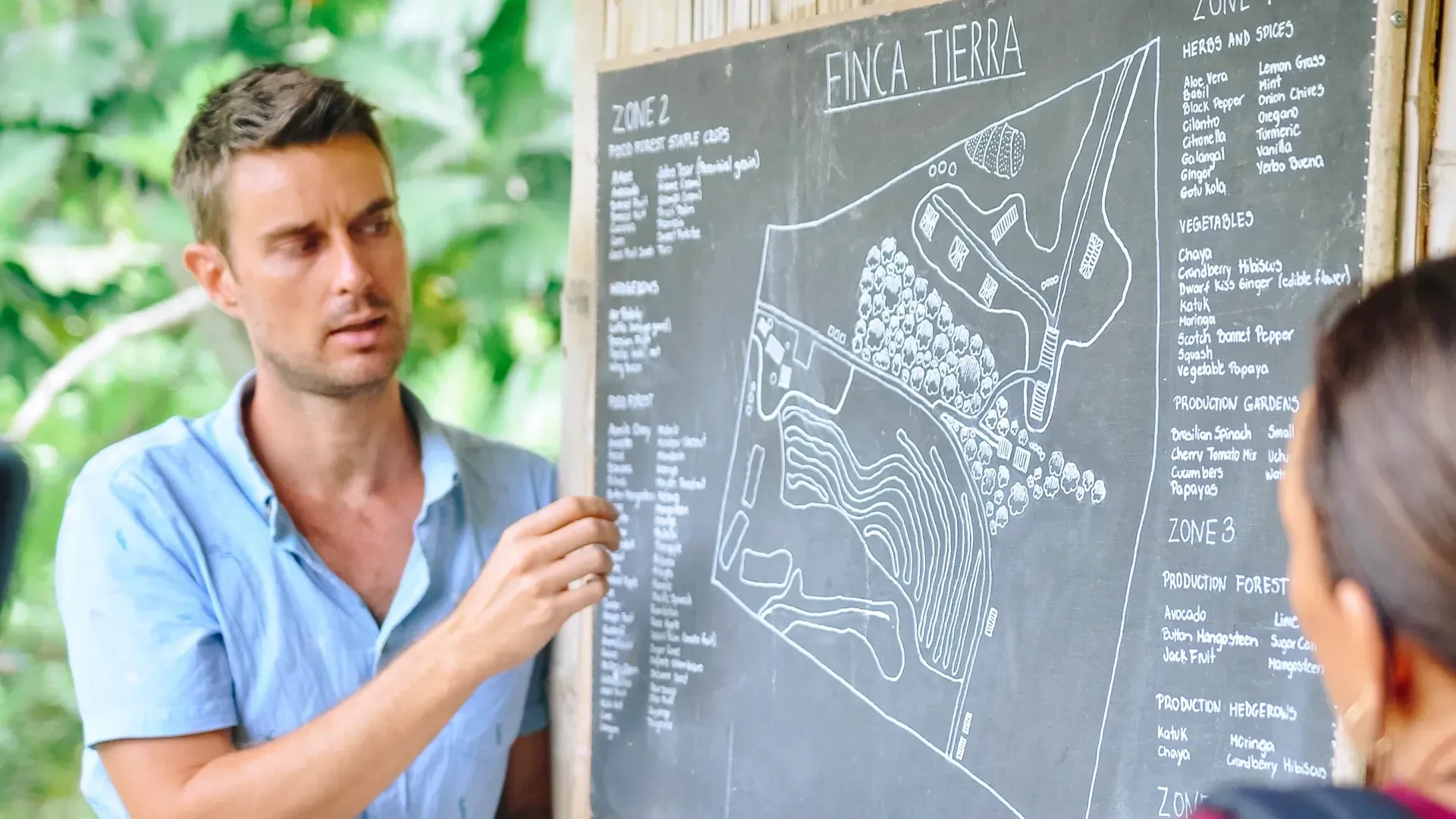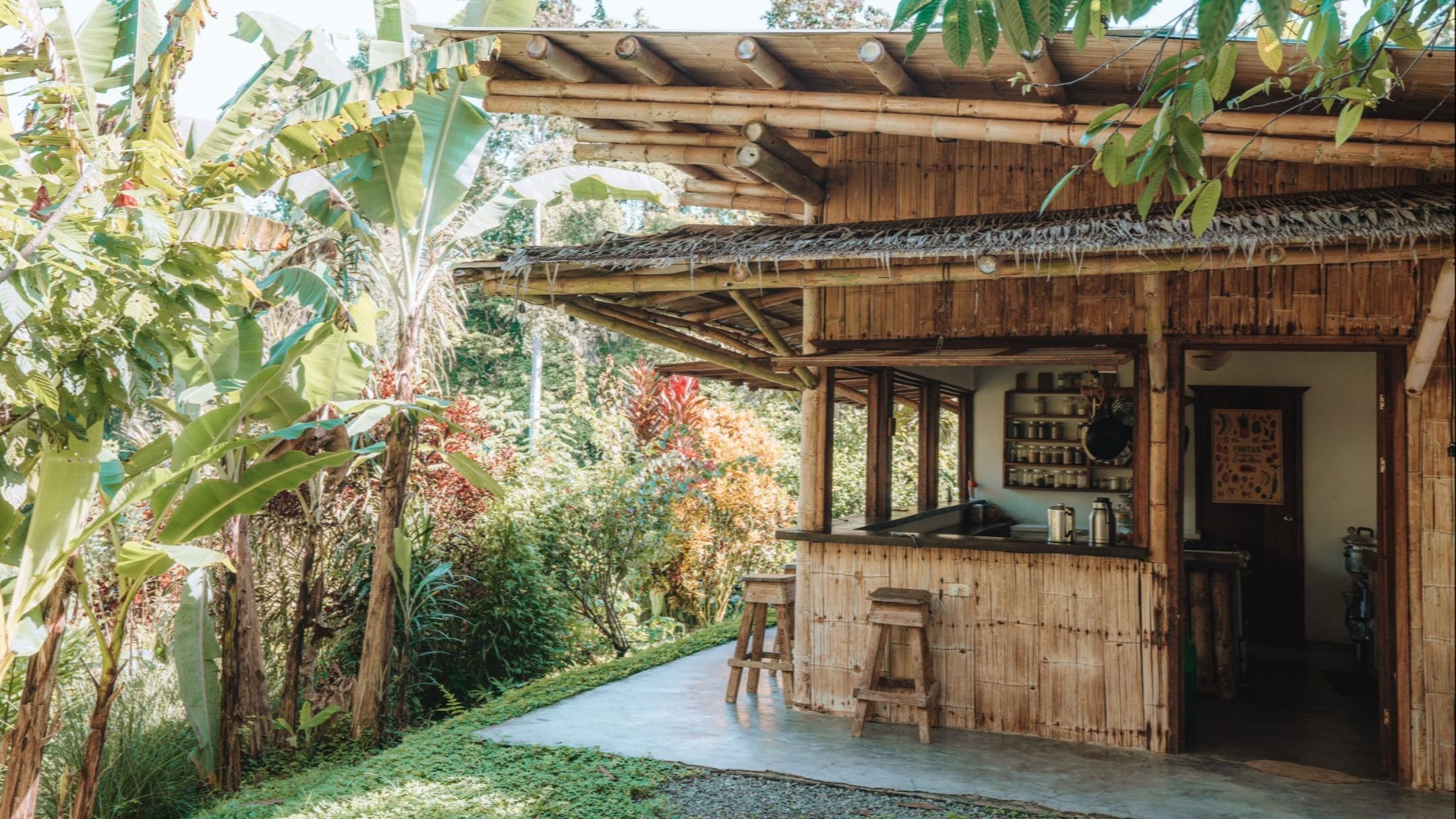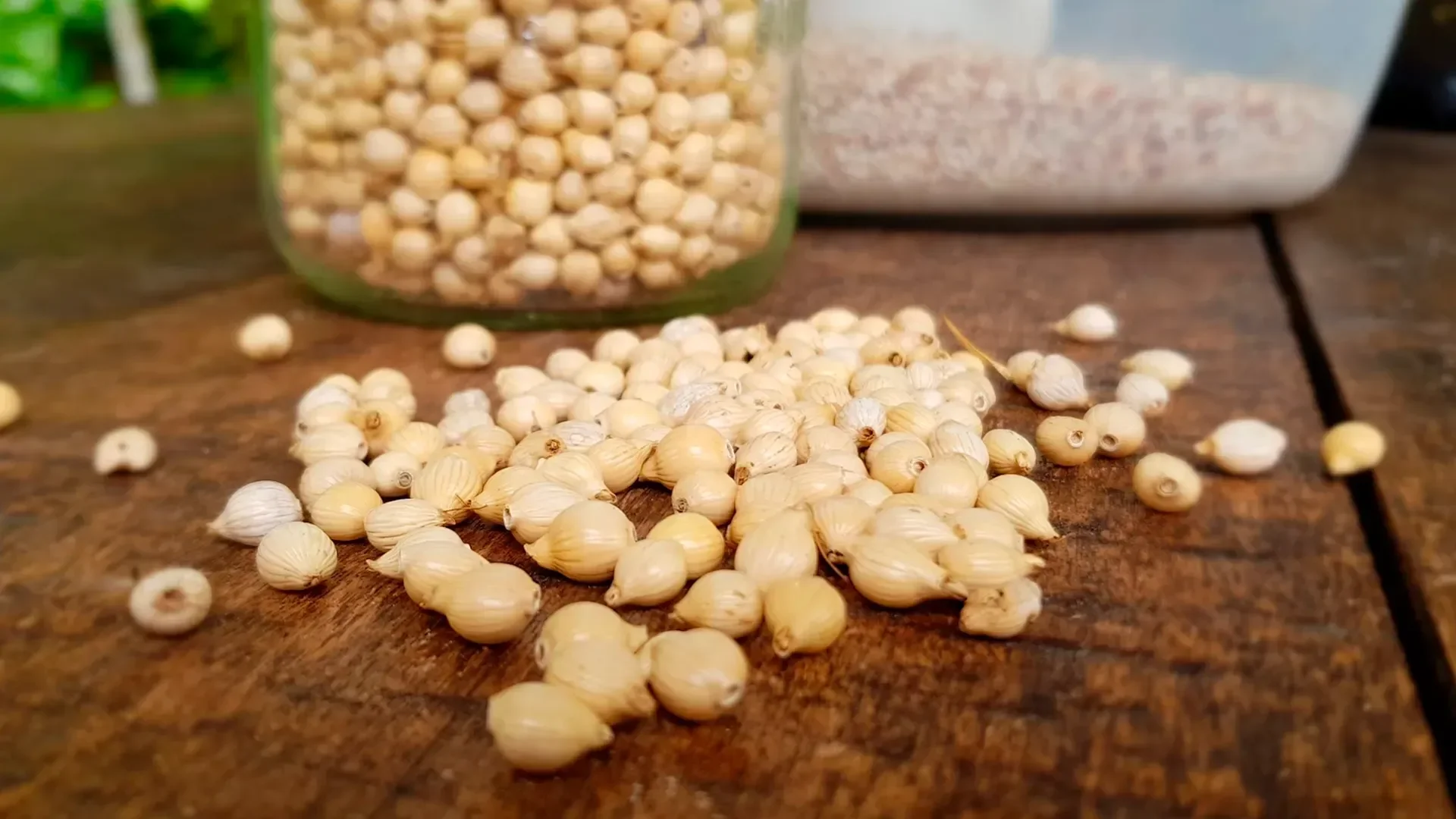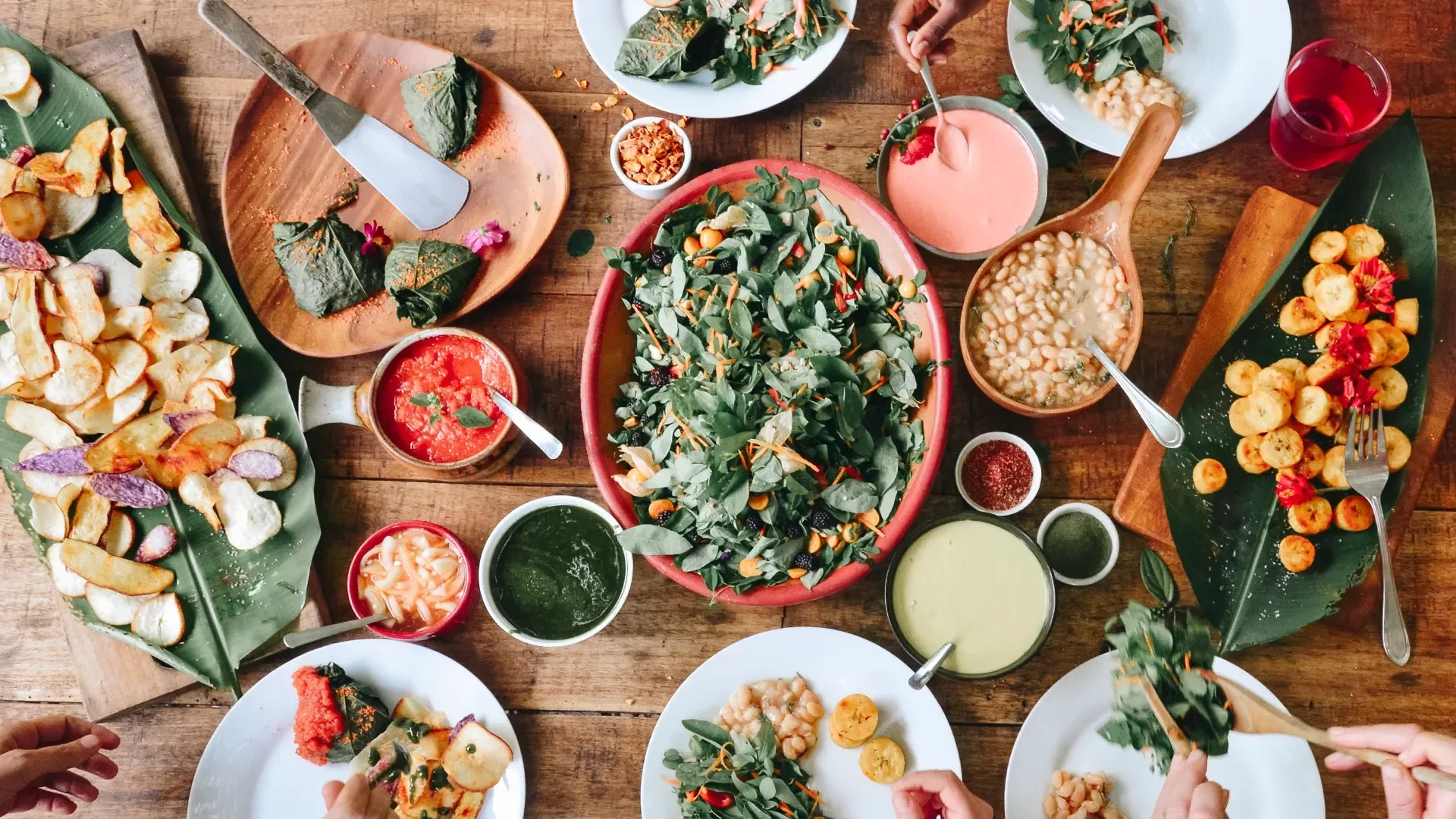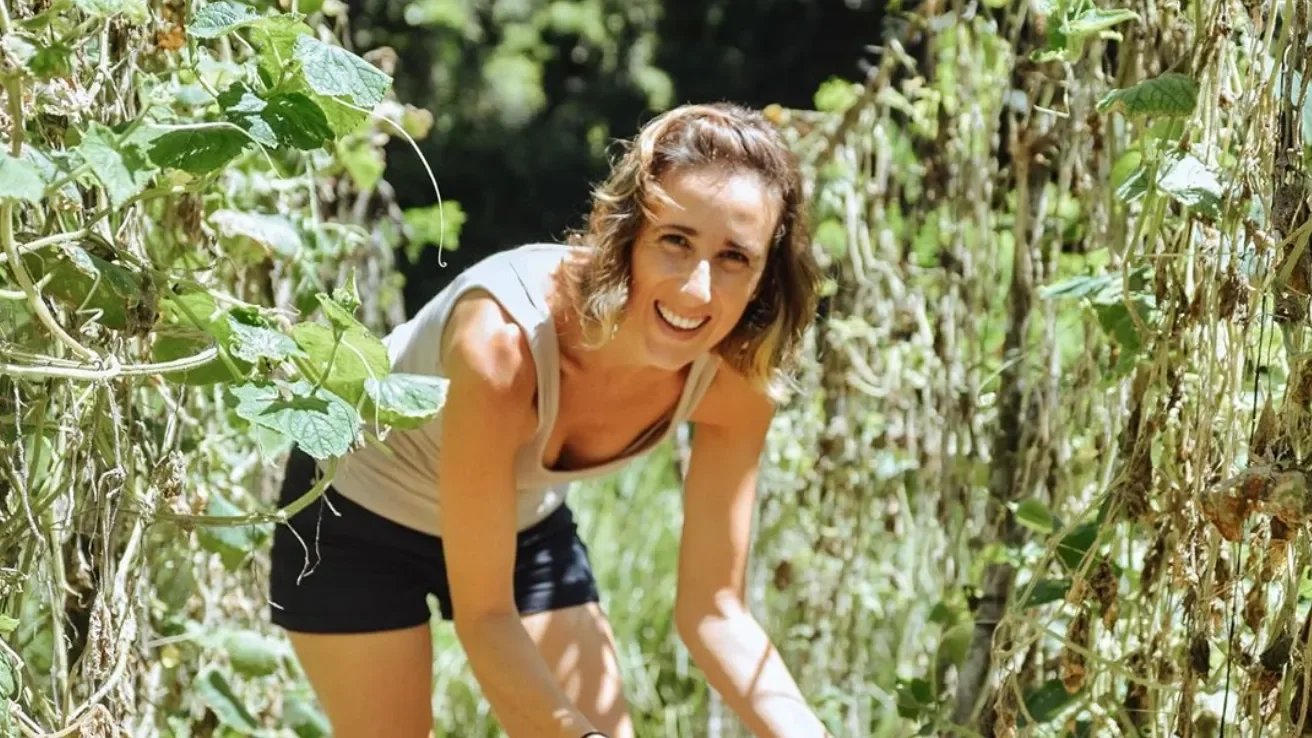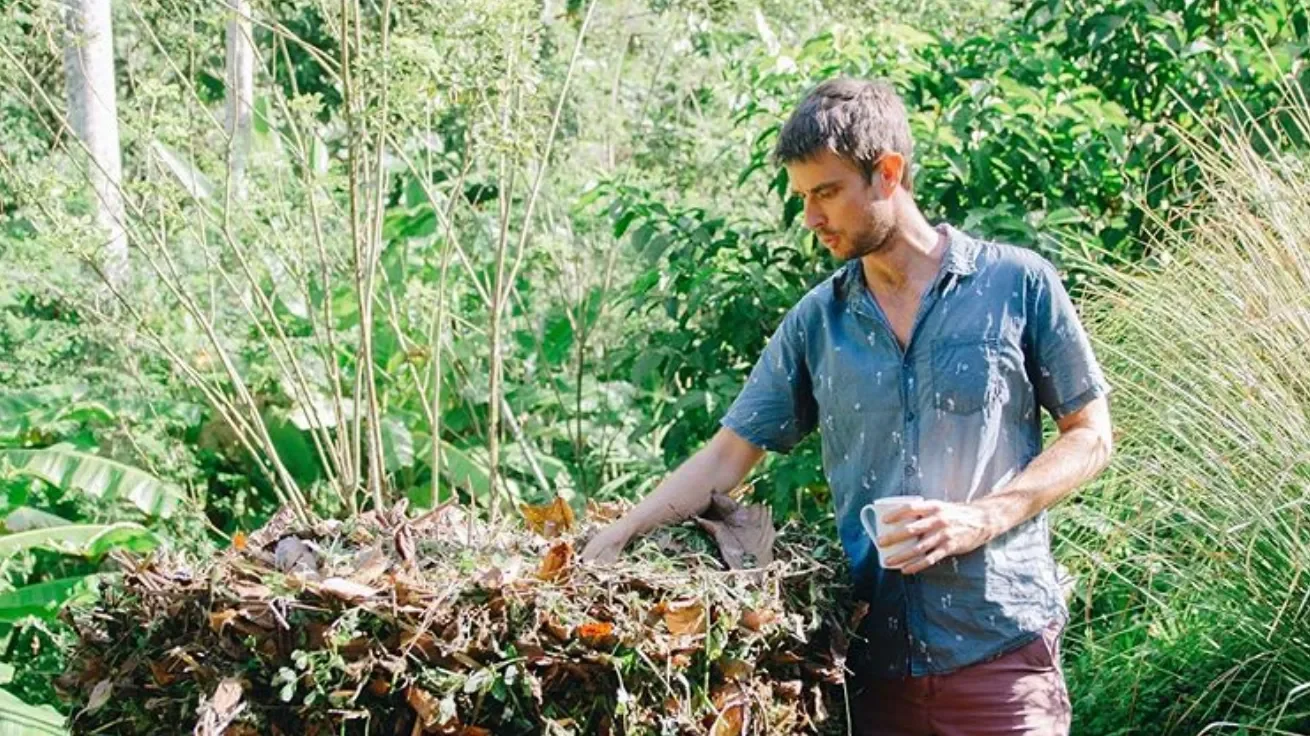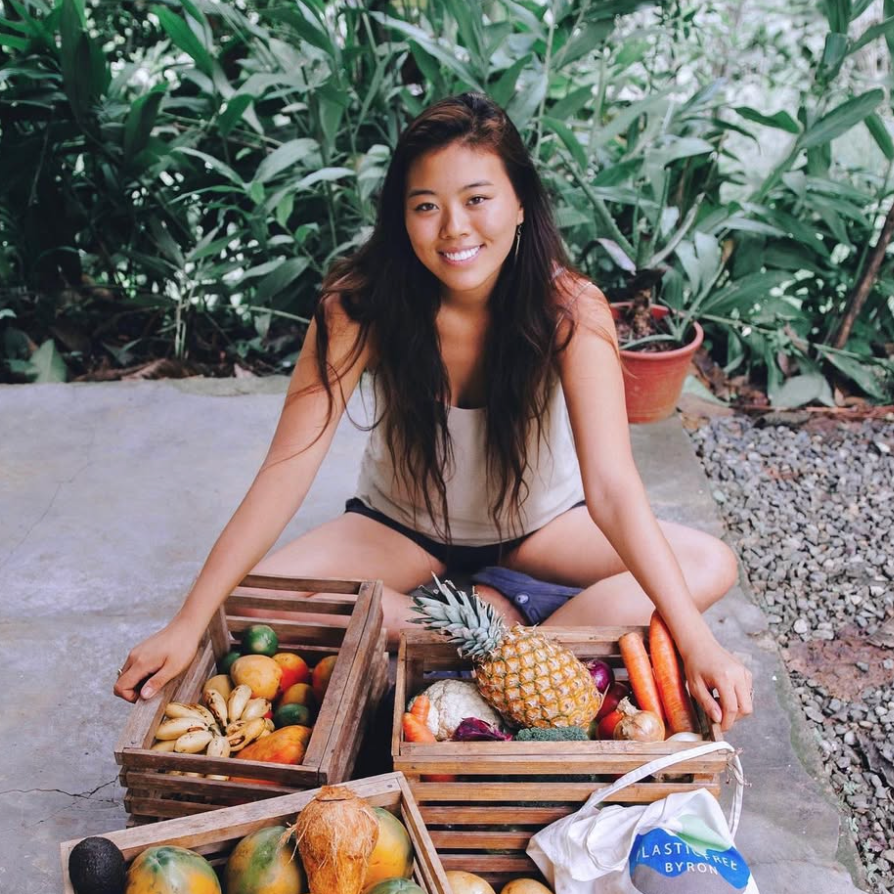Tropical Permaculture
A Complete System for growing food in the Tropics - from soil to meals.
Refined for 15 years on our homestead in Costa Rica.
Featured in
We started with degraded land → We built a living system.
When we arrived in 2008, this land was an abandoned cattle pasture — compacted clay soil, no fertility, no shade.
We planted.
We learned.
We redesigned.
Today, that same land produces:
A complete diet from our land (calories, protein, fats, staples)
Year-round vegetables, roots, fruits, grains, and perennial staples
Energy, rainwater, compost, biochar, and living soil fertility
A working model that has trained 1,000+ students from 40+ countries
This course is the design framework and tested systems we built, adapted so you can apply them to your own land without years of trial and error.
What’s possible
Feed two+ people year-round on 2,000 m² (½ acre)
Grow the equivalent of $10,000+ per year in grocery savings (based on local market prices)
Maintain gardens + food forest in ~4 hours/week once systems are established.
Scale from backyard → homestead → retreat → eco-village
Design smarter. Work less.
How It Works
PLAN → DESIGN → BUILD → PLANT → EAT
PLAN
Use our Diet + Crop Charts to decide which foods you’ll grow (calories, protein, fats, staple crops).
DESIGN
Map your land, place gardens and food forest layers, integrate rainwater & energy systems.
BUILD
Create closed-loop systems using what’s on-site - compost, mulch, biochar, rainwater, solar.
PLANT
Grow tropical staples (roots, beans, grains, fats) + quick-harvest greens and vegetables.
EAT
Turn harvest into meals and pantry staples with 50+ farm-to-table Wellness Kitchen recipes.
We teach through:
Videos filmed in our gardens
Templates, charts, and step-by-step tools
Real systems, not theory
Inside the Course
A step-by-step system for designing a regenerative homestead in the tropics - from diet design to food forest, staple crops, and wellness kitchen.
Design a Complete, Nutrient-Rich Diet
Learn to design a balanced diet using easy-to-grow perennial staples that thrive in the tropics.
Decide which parts of your diet you’ll grow (based on space and lifestyle)
Maximize small areas with nutrient-dense vegetables, roots, herbs, and spices
Select crops based on climate, nutrition, yield, and effort.
Example Garden & Crop Charts (2,000m² Template)
Plan your tropical vegetable garden and food forest for 2,000m² (½ acre) - or adapt to any space.
Understand how much area you need for your goals
Use Crop Area Charts to plan space for calories, protein & fats
Use Nutrient Charts to calculate yields & nutritional coverage
Scale down for small gardens, or expand for retreats/restaurants
Based on real diet and yield data from our homestead.
Permaculture Design - Build Your Tropical Homestead
Map your land using permaculture design principles
Place gardens, ponds, and water systems efficiently
Create closed nutrient cycles and reduce waste
Build a long-term master plan
Tropical Food Forest - Abundance with Minimal Effort
Design a food forest that becomes more productive every year
Use support species to build soil and fertility
Choose resilient, high-yield tropical species
Reduce labor by letting nature do the work
Tropical Vegetable Garden & Staples (Grains, Tubers, Beans & More)
Grow grains, beans, cassava, sweet potatoes, greens & vegetables
Improve soil with compost, mulch, biochar, and support species
Raise chickens for eggs and bees for honey
Plan harvests so your pantry stays full year-round
Homestead Infrastructure - Energy, Water & Waste Systems
Domestic solar & solar hot water
Rainwater capture, filter, and storage
Wastewater recycling and kitchen waste composting
Solar dehydrators, oil presses, grain mills
Master 60+ Essential Tropical Crops
Best varieties for yield & resilience
How to propagate, plant, prune, fertilize & manage pests
How to harvest, store & prepare each crop
Wellness Kitchen - Cooking, Preserving & Nutrition
Cook with tropical ingredients
Make flours, oils, vinegars, teas, spices, sauces
Preserve harvests for year-round food security
Use our Nutrition Chart + Sample Week Menu
+ Private Community - Guidance & Connection
Connect with other tropical growers, ask questions, and share your progress as you build your homestead.
Meet Your Instructors
Ana Gaspar A. - Lawyer, Community organizer & Co-Founder of Finca Tierra
Human rights lawyer and environmental advocate.
Founder of the BioRegional Plan for Talamanca.
Teaches wellness kitchen, nutrition, and sustainable living.
Ian Macaulay - Artist, Permaculture Designer & Co-Founder of Finca Tierra
Designer and educator with 15 years of hands-on tropical permaculture experience.
Leads research, design, and implementation at Finca Tierra.

What Our Students Say
Who This Course Is For
✓ You live in the tropics and want a green home & self-sufficient lifestyle.
✓ You want to grow real food - calories, protein, fats & staples.
✓ You want a productive landscape - backyard, homestead, retreat, or eco-village.
✓ You have a specific diet or care about clean food & wellness.
Included with your enrollment
A map to sustainable abundance.
✓ 25+ hours of practical lessons, videos & design tools
✓ Garden & Food Forest design templates
✓ Crop Nutrient & Crop Area charts (customizable)
✓ Recipes & pantry-building guides
✓ Access to future updates
✓ Lifetime access — learn at your own pace
✓ Private Community
Everything you need to design a functional tropical homestead system.
$599 USD - Lifetime Access
Start today. 7-day money-back guarantee.
FAQ
-
Yes.
You’ll learn how to build rich soil fast using biochar, compost, mulch, and support species — without buying soil.Works on degraded, compacted cattle pasture (just like our land was).
-
No.
The system scales from backyard → homestead → eco-village.You can grow a complete diet on 2,000 m² (½ acre) — and still apply the method on smaller spaces.
-
Yes.
Designed specifically for humid, Wet/Dry (monsoon) and dry savanna tropical climates (Caribbean, Central America, SE Asia, Hawaii, Brazil, Africa).If you can grow bananas, cassava, or papaya — this course applies perfectly.
-
A vegetable garden gives fast harvests (greens, herbs, veggies).
A food forest gives staples (roots, beans, fruits, fats).Both together = a complete diet.
-
No experience needed.
You will plan, design, build, plant, and harvest using templates and step-by-step videos. -
Within the first 4–12 weeks you’ll be harvesting greens and vegetables.
Staple crops (cassava, plantain, beans, taro) start producing within a few months.Your food forest becomes more productive every year.
-
No. The Tropical Permaculture Course Online does not grant a Permaculture Design Certificate (PDC).
PDC certification requires an in-person, 72-hour course with hands-on practice and assessment. For that reason, certification is available only through our on-site PDC at Finca Tierra.
-
This course is especially valuable after a PDC or for people already working with land in the tropics.
While a PDC teaches the principles and design framework, this course focuses on how to actually implement a tropical system in daily life. Planning crops, managing harvests, and turning food into real meals.
Many students describe it as the “what to do next” after a PDC.
-
Yes. You do not need a PDC to take this course.
The course is designed for practical application in tropical climates. Beginners can follow along, but it is especially powerful for people who want to move from theory to lived practice.
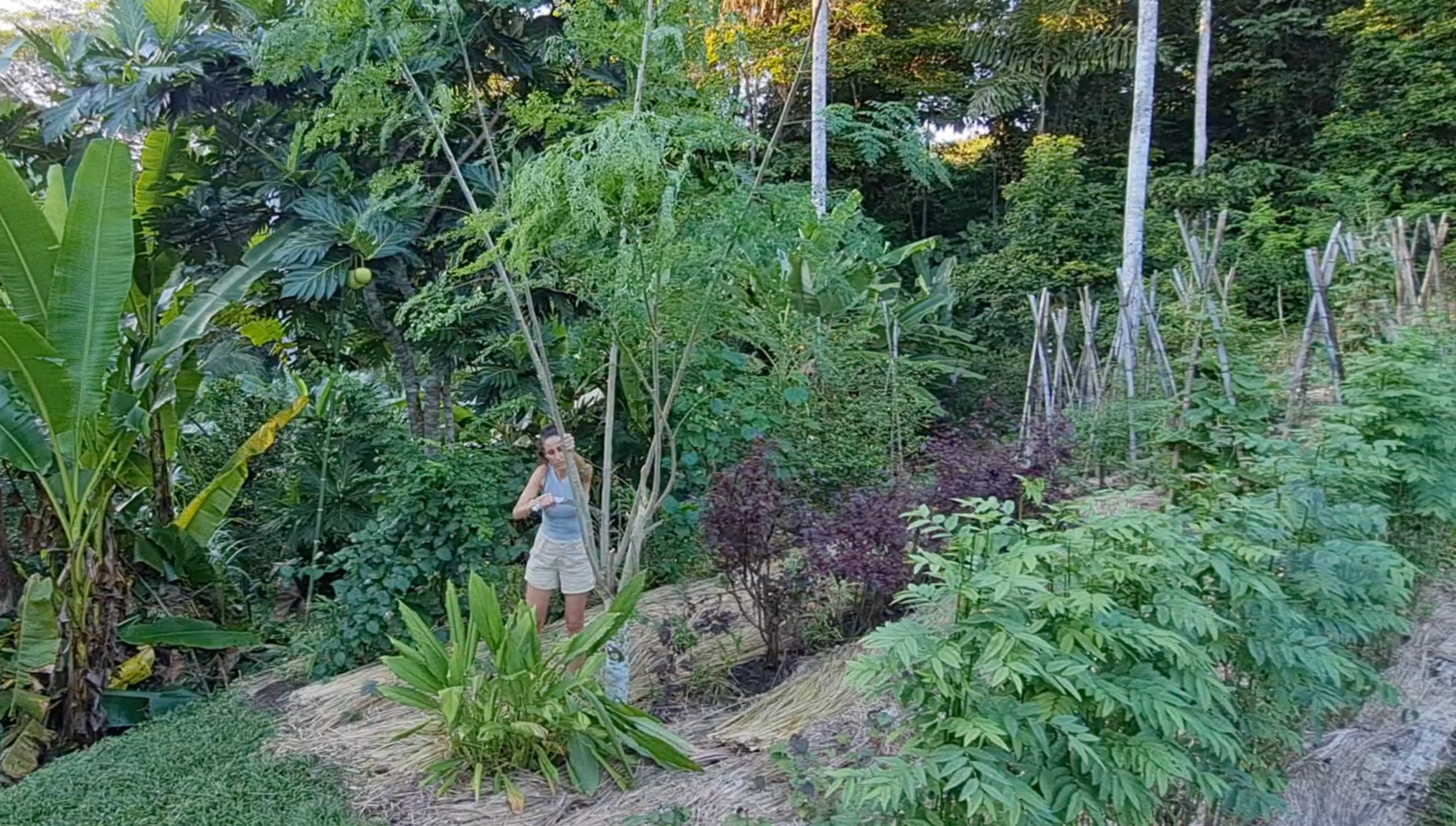
Grow your food. Regenerate your land.
Live from the tropics with confidence.
More FAQs
-
Tropical permaculture is a design system that creates a self-sustaining food ecosystem in tropical climates using perennial crops, food forests, rainwater capture, and closed nutrient loops.
-
A tropical food forest is a layered planting system — roots, shrubs, vines, tree crops — that produces food year-round while regenerating soil and reducing labor.
Instead of replanting every season, you plant once and harvest for years.
-
Start by improving soil with compost, mulch, biochar, and support species.
Choose crops that thrive in humidity: greens, herbs, beans, cassava, taro, sweet potatoes, cucumbers, etc.Avoid temperate-method mistakes like bare soil and raised beds that dry out.
-
High-yield tropical staples include:
Cassava
Plantain / banana (carbs)
Taro / malanga
Pigeon peas / beans (protein)
Coconuts / avocados (fats)
These are used to design a complete diet, not just salad greens.
-
Yes.
With proper design you can grow calories, protein, fats, vegetables, and fruit on 2,000 m² (½ acre) — or even less with intensive design. -
Temperate permaculture focuses on seasons and winter storage.
Tropical permaculture focuses on high humidity, abundant rainfall, intense sunlight, and year-round growth. It focuses on continuous billing of fertility and consistent harvests.


